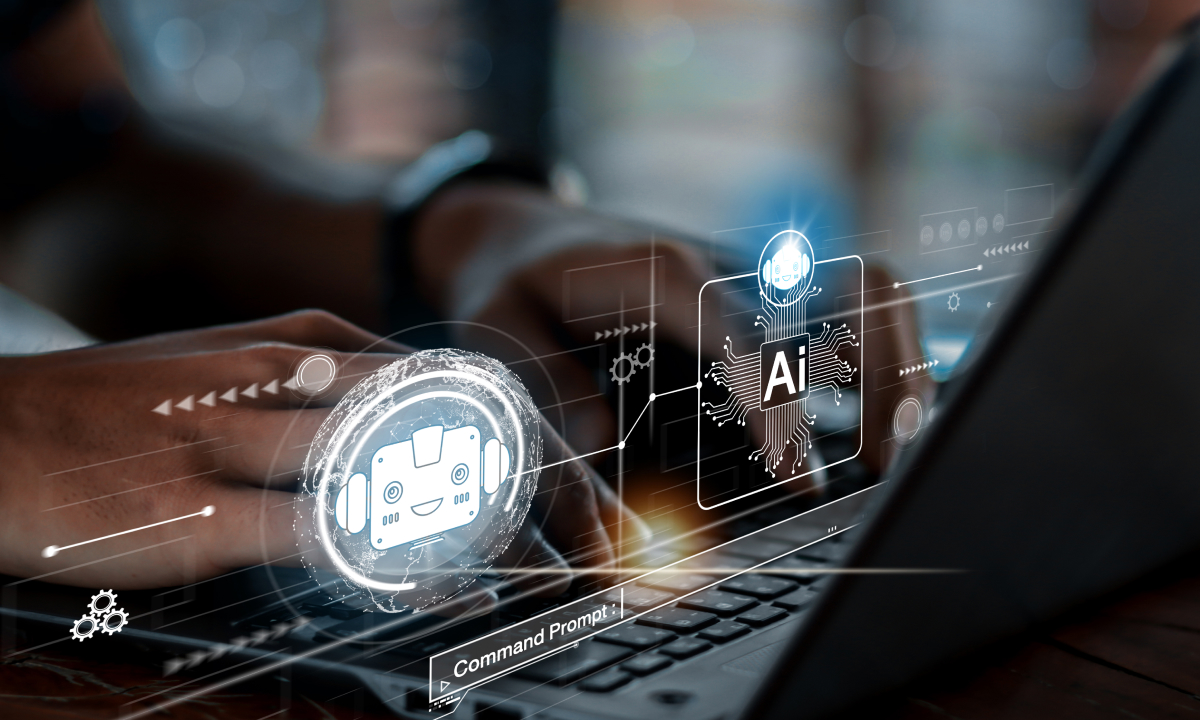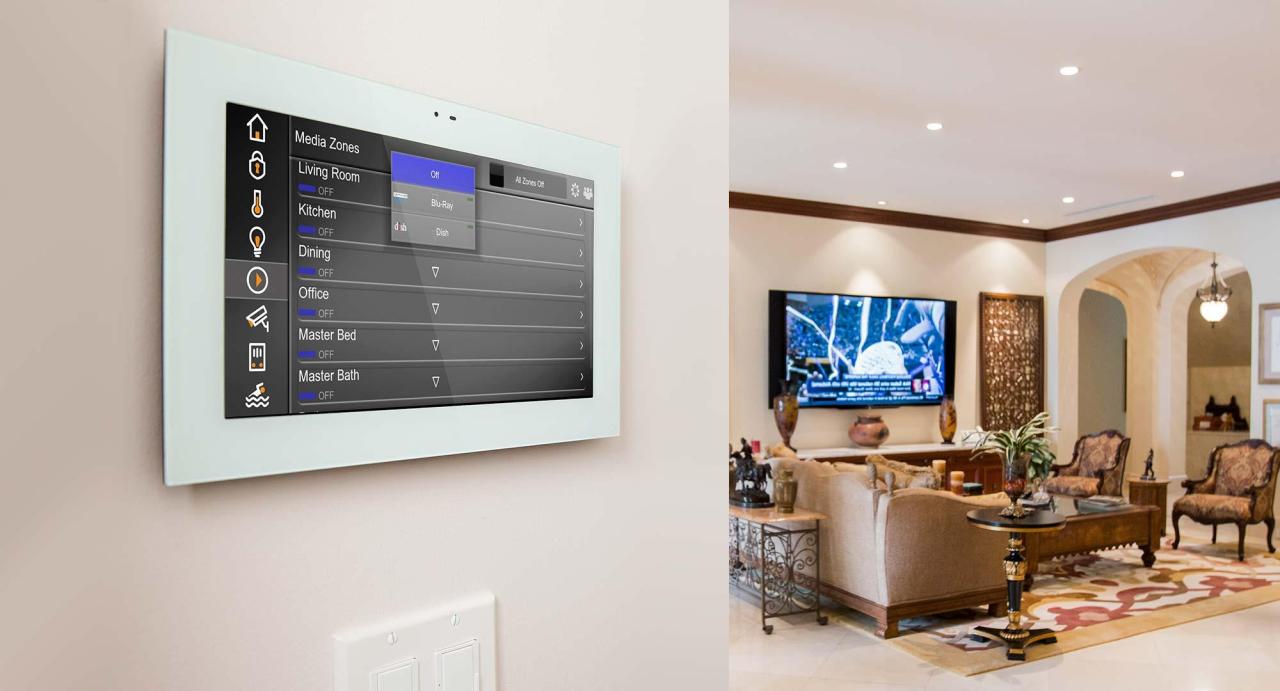With smart factory revolution at the forefront, this paragraph opens a window to an amazing start and intrigue, inviting readers to embark on a storytelling journey filled with unexpected twists and insights.
The smart factory revolution is reshaping the manufacturing industry, leveraging advanced technologies to enhance efficiency and productivity.
Definition of Smart Factory Revolution
A smart factory can be defined as a highly digitized and connected production facility that utilizes technologies such as IoT, AI, machine learning, and robotics to optimize manufacturing processes and make data-driven decisions in real-time.
The smart factory revolution represents a shift from traditional manufacturing practices to more advanced and efficient methods of production. This transformation is driven by the integration of cutting-edge technologies that enable automation, predictive maintenance, and improved resource utilization.
Key Technologies Driving the Smart Factory Revolution
- The Internet of Things (IoT): IoT devices and sensors collect real-time data from machines and equipment, enabling predictive maintenance and performance optimization.
- Artificial Intelligence (AI) and Machine Learning: AI algorithms analyze data to identify patterns, predict outcomes, and optimize production processes.
- Robotics and Automation: Robots perform repetitive tasks with precision and efficiency, leading to increased productivity and reduced errors.
- Big Data Analytics: Data analytics tools process large volumes of data to extract valuable insights for decision-making and process optimization.
- Cyber-Physical Systems: The integration of digital and physical systems allows for seamless communication and control of manufacturing processes.
Benefits of Smart Factories

Implementing smart factory technologies offers a wide range of advantages that can revolutionize manufacturing processes, leading to increased efficiency, cost savings, and environmental sustainability.
Increased Efficiency, Smart factory revolution
- Automation of repetitive tasks leads to faster production cycles and reduced human error.
- Real-time monitoring and data analysis optimize workflows and identify areas for improvement.
- Predictive maintenance minimizes downtime by detecting equipment issues before they cause disruptions.
Cost Savings
- Reduced energy consumption through optimized resource utilization and energy-efficient processes.
- Inventory management improvements prevent overstocking or shortages, reducing waste and storage costs.
- Enhanced quality control and defect detection minimize rework and waste, saving on materials and labor.
Environmental Sustainability
- Smart factories prioritize sustainability by reducing waste, energy usage, and emissions.
- Efficient use of resources and materials contributes to a greener manufacturing process.
- Implementing eco-friendly practices aligns with environmental goals and regulations, promoting a cleaner future.
Technologies Driving the Smart Factory Revolution
The smart factory revolution is propelled by a combination of cutting-edge technologies that are reshaping the manufacturing landscape. These technologies are not only enhancing efficiency but also revolutionizing the way factories operate.
Internet of Things (IoT) in Smart Factories
The Internet of Things (IoT) plays a pivotal role in smart factories by connecting devices, sensors, and machines to gather real-time data. This interconnected network enables seamless communication and data exchange, leading to improved decision-making and operational efficiency. IoT enables predictive maintenance, remote monitoring, and overall optimization of processes within smart factories.
Artificial Intelligence (AI) and Machine Learning
Artificial Intelligence (AI) and Machine Learning are instrumental in optimizing operations within smart factories. AI algorithms analyze vast amounts of data to identify patterns, predict outcomes, and automate processes. Machine Learning algorithms continuously learn from data, enabling smart factories to adapt and optimize production in real-time. AI and Machine Learning drive predictive maintenance, quality control, and resource optimization in smart factory environments.
Robotics and Automation
Robotics and automation are transforming smart factory processes by increasing productivity, precision, and flexibility. Robots are deployed for various tasks, such as assembly, material handling, and quality assurance, leading to enhanced efficiency and reduced human error. Automation streamlines workflows, minimizes downtime, and enables smart factories to operate round the clock. By integrating robotics and automation, smart factories achieve higher levels of productivity and competitiveness in the manufacturing industry.
Implementation Challenges and Solutions
Implementing smart factory systems can pose several challenges, from resistance to change to ensuring cybersecurity. Overcoming these obstacles is crucial for the successful adoption of smart technologies in manufacturing.
Resistance to Change
One of the most common challenges in transitioning to smart factories is resistance to change among employees. Many workers may be apprehensive about new technologies disrupting their routines or even replacing their jobs.
- Provide comprehensive training and upskilling programs to empower employees to embrace new technologies.
- Engage and involve employees in the decision-making process to make them feel valued and part of the transition.
- Communicate the benefits of smart factory systems clearly to address any misconceptions and fears.
Cybersecurity Concerns
Another critical challenge in smart factory implementation is cybersecurity. With interconnected systems and data exchange, the risk of cyber threats increases significantly.
- Implement robust cybersecurity measures such as firewalls, encryption, and access control to protect sensitive data.
- Regularly conduct security audits and updates to stay ahead of evolving cyber threats.
- Educate employees on cybersecurity best practices to prevent human errors that could compromise the system.
Case Studies and Examples
In the following section, we will explore some real-life examples of successful implementations of smart factories in various industries. These case studies will highlight specific companies that have reaped the benefits of the smart factory revolution and showcase the improved productivity and quality achieved through the adoption of smart factory technologies.
Automotive Industry
- One notable example in the automotive industry is Tesla’s Gigafactory. This state-of-the-art facility utilizes advanced automation, robotics, and AI to streamline production processes and increase efficiency.
- Another example is BMW’s smart factory in Regensburg, Germany. By implementing IoT devices and data analytics, BMW has been able to optimize manufacturing operations, reduce downtime, and enhance product quality.
Consumer Electronics Sector
- Samsung’s smart factory in Vietnam is a prime example of how technology can revolutionize production. By leveraging IoT sensors and predictive maintenance software, Samsung has achieved significant cost savings and improved overall equipment effectiveness.
Food and Beverage Industry
- Nestle’s smart factory in Singapore is a testament to the benefits of digital transformation. Through the use of smart sensors, RFID technology, and real-time monitoring systems, Nestle has enhanced traceability, minimized waste, and increased operational transparency.
Essential FAQs
What sets a smart factory apart from traditional manufacturing facilities?
A smart factory integrates advanced technologies like IoT, AI, and automation to optimize operations and enhance efficiency.
How do smart factories contribute to sustainability goals?
Smart factories help in reducing waste, energy consumption, and overall environmental impact through efficient processes and resource management.












